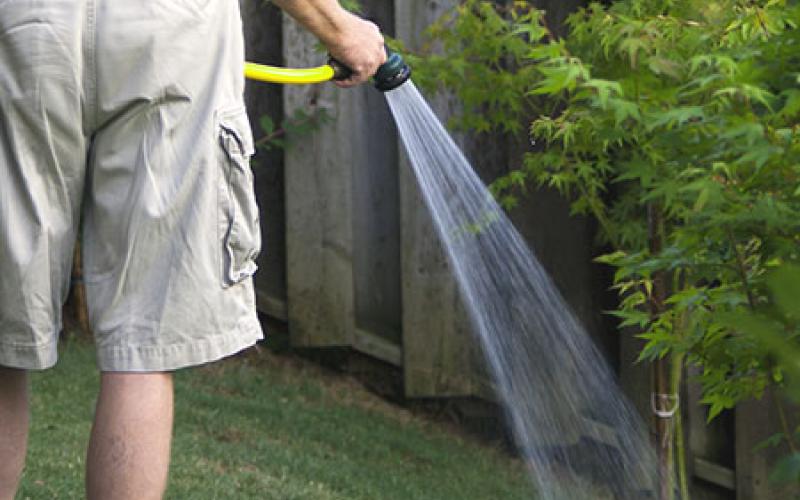In water conservation, a ‘gentle nudge’ can go a long way

In water conservation, a 'gentle nudge' can go a long way
While previous studies have shown that social approaches to reduce water use are effective in the short-term, recent findings indicate that the effects are persistent in the long-term as well.
Original Paper:
Bernedo, Maria; Ferraro, Paul J.l and Price, Michael. (2014). "The Persistent Impacts of Norm-Based Messaging and Their Implications for Water Conservation." Journal of Consumer Policy. Volume 37, Issue 3, pp 437-452. DOI: http://dx.doi.org/10.1007/s10603-014-9266-0
Access to clean water has always been a critical issue for policymakers, given its far-reaching impact on public health and well-being. In the face of an ongoing drought in the western United States, for instance, it has become increasingly important to find cost-effective ways to conserve water. One tool that has attracted the interest of researchers is the use of behavioral nudges for water conservation, which aim to change consumer behavior and create a social norm of saving water. While past studies have indicated that behavioral nudges do lead to significant decreases in water use in the short-term (about one year), little research has been done to examine whether these impacts persist over longer periods of time.
A recent paper led by María Bernedo of Georgia State University, and published in in the Journal of Consumer Policy, addresses this gap in research, building upon previous research conducted in metropolitan Atlanta. Contrary to intuition, the researchers find that these behavioral nudges do indeed have long-term effects, and result in substantial reductions in water consumption.
In the summer of 2007, a local water utility implemented an informational campaign in which residents were randomly sent "tip sheets" on how to reduce water consumption, a personalized letter encouraging residents to reduce their water use, and an informational sheet informing residents on how their personal water use compared to the median countywide consumption. Unsurprisingly, researchers found that households receiving all three messages showed the most significant reduction in water use — just under 5 percent over the course of the summer. Since the utility would have considered the campaign to be cost-effective if it led to a 2 percent reduction in water use, these results were considered to be quite successful.
Interestingly, however, the researchers discovered that the one-time message had a continued effect on water use over the years. They extended their analyses to the summers of 2008 through 2013, adjusting for households that have moved since 2007. While the effect of the informational campaign had diminished by around 50 percent after a year, it persisted and remained statistically significant in every year except 2012. Furthermore, detailed analyses suggest that these reductions in water use weren't primarily driven by investments in water efficient appliances and technologies, but by individual habits and water consumption patterns instead.
Why does this matter? From an economic perspective, behavioral nudges are quite attractive as a policy option because of their low cost. That they also have significant, long-term impacts of water consumption further increases their allure. During the study, the researchers estimated the cost of the one-time mailing to be only $1 per household; factoring in the corresponding decrease in water consumption, this translates to a water conservation cost of $0.25 per thousand gallons saved. As such, research conclusions are highly promising for behavioral approaches to water conservation. If these findings can be replicated in other studies and different states, policy-makers would do well to include behavioral nudges in their arsenal towards managing water use.




